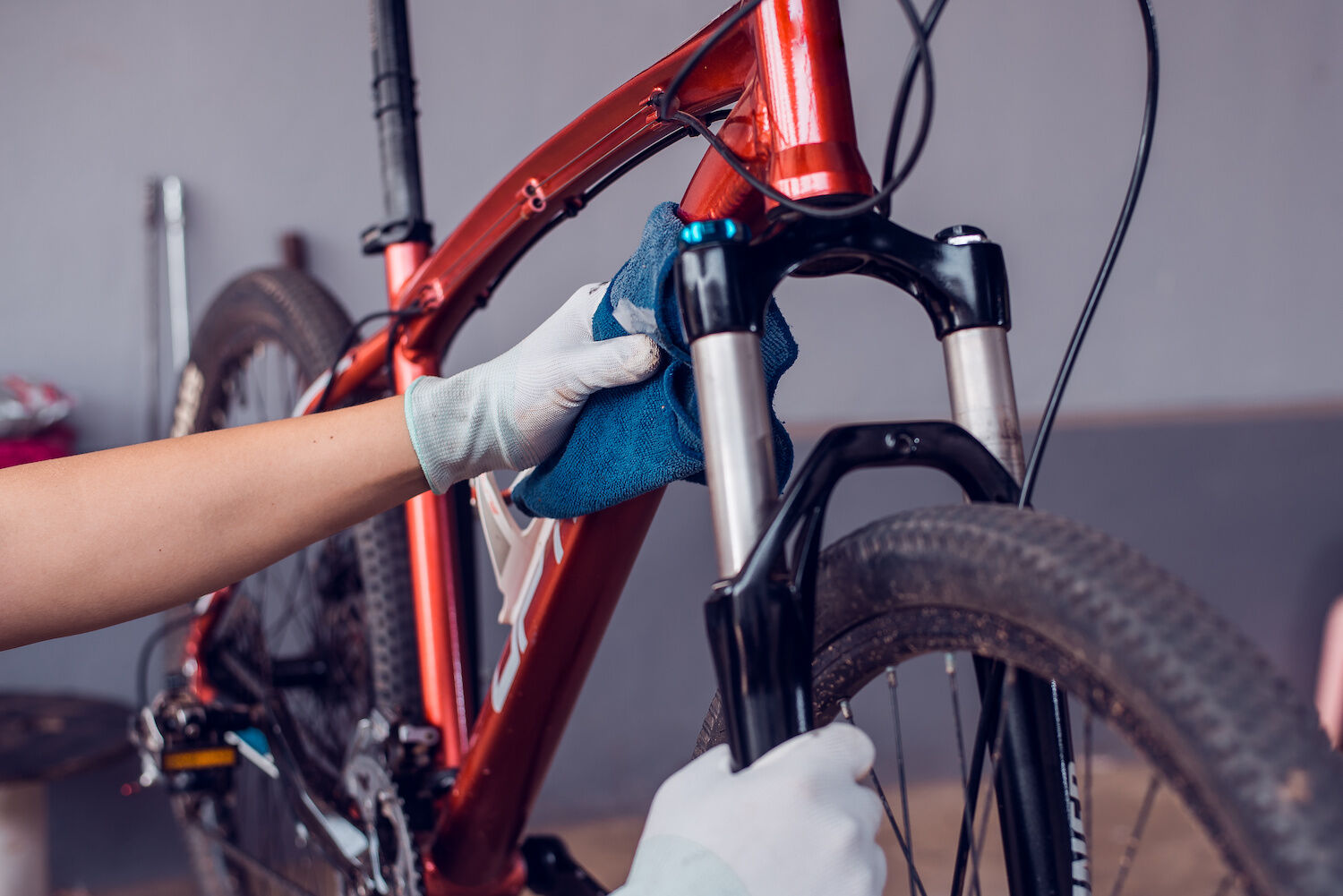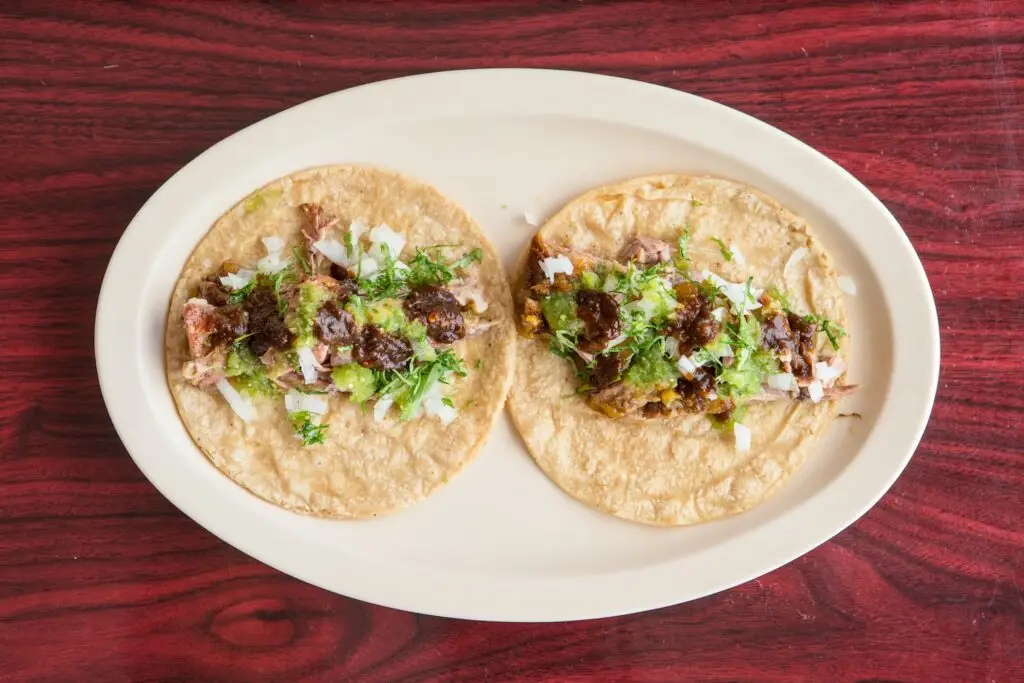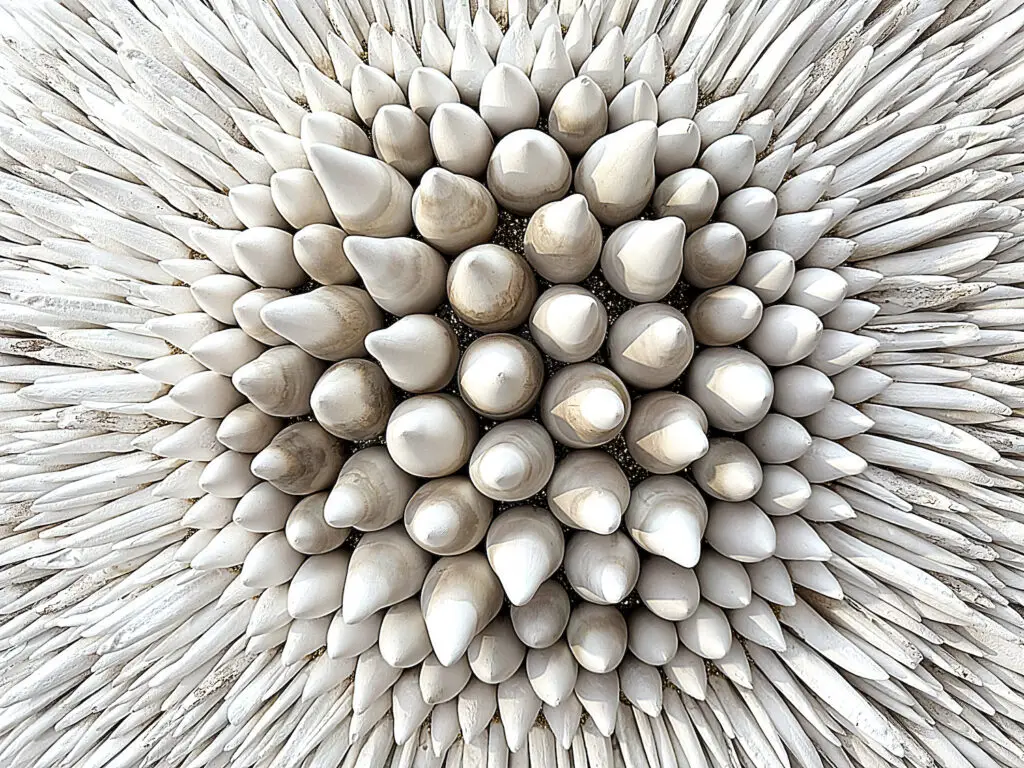
Bike Maintenance
From East County’s single track to the ocean air and pavement of the Pacific Coast Highway, San Diego has terrain to keep cyclists of all styles and skill levels satisfied. With summer hours keeping us out longer, it’s the ideal time to soak up the sun and go exploring on two wheels.
Nothing will ruin a ride, however, faster than a flat tire, wobbly wheel, loose chain, or bad brakes. Luckily, keeping your bike ride-ready is as easy as ABC, so you’re ready to roll wherever the road takes you.
A for Air
Even tires and tubes in good condition can lose between 5-40 psi per week, and ensuring your tires are properly inflated goes a long way towards providing a comfortable ride and reducing your risk of flats. Check their pressure before each ride and add air as necessary to meet the inflation specifications listed on your tires. A good bike pump will have a pressure gauge so you know exactly when your tires are full. If you find punctures, cracks, or dry rot on your tires, it’s time for new ones.
Similarly, if you notice a tire is losing more than a few psi of air per day, you’ll likely need to replace the inner tube.
B for Brakes
It goes without saying that the ability to stop when you need to is essential to cycling safely. Check that your brake levers are positioned comfortably within reach on your handlebars and that they’re not loose. When you squeeze them, you should feel a reasonable amount of resistance through the levers as your brakes engage and you should be able to slow down and stop easily. If you can pull the lever all the way to the handlebars, there’s a problem—possibly that your brake pads or cables are worn and need to be replaced.
Additionally, if your brakes are rubbing when you’re not squeezing the levers, check that your wheels are properly mounted and centered in your bike’s fork and frame and that the axles are secure. If so, your wheels should spin freely, without any wiggle or play, and you won’t be able to remove them without releasing the locking mechanism for each axle. If your wheels are loose they may wobble around causing your brakes to rub, in addition to posing a major safety hazard.
When in doubt, get your brakes checked out by a mechanic at your local bike shop who can help you make any necessary repairs or adjustments.
C for Chain
Your chain is what drives your bike (aside from your legs, of course), so keeping it in shape is imperative. It should be slack enough to shift smoothly through all the gears but tight enough so that it doesn’t fall off while you’re riding, and the links should pivot and move freely.
Additionally, your chain should be clean and lightly lubricated. It is possible to over-lubricate it, which will cause it to attract grit and grime more quickly, causing it (and your gears) to wear out prematurely.
If your chain is covered in dirt and old lube or making squeaking, creaking, or grinding noises, it’s time to clean and re-lubricate it, which can be done by spraying it with a degreaser, scrubbing it with an old toothbrush, and wiping it down with a clean rag, before applying a drop of quality chain lube to each link.
PARTNER CONTENT
If your chain is rusty, stiff, or has bent or broken links, you’ll want to replace it.














